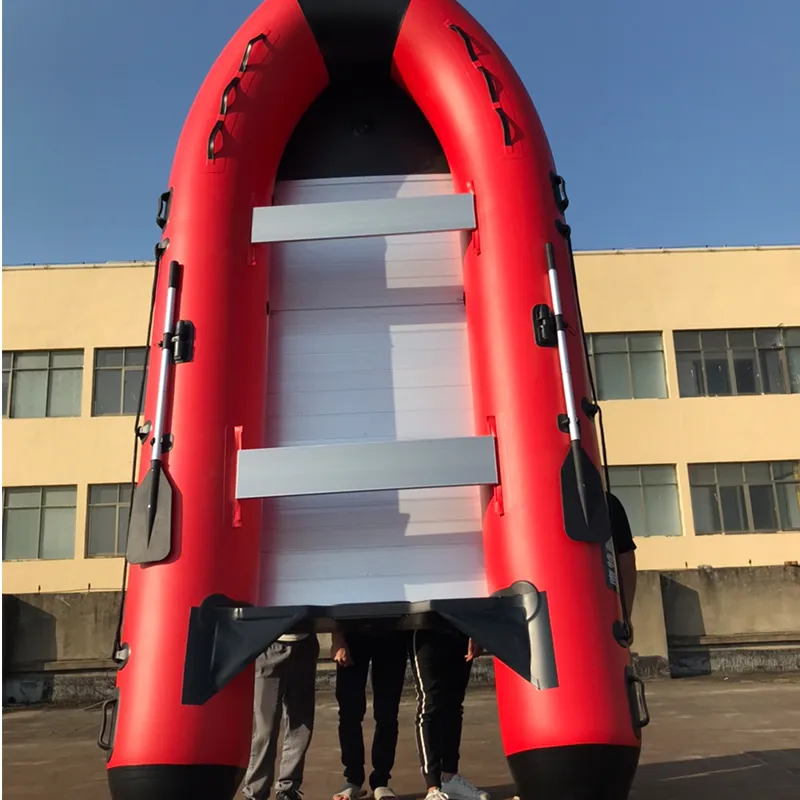

The authority of the main and jockey pump system architecture is evidenced by its adoption and adaptation in global fire safety standards. The National Fire Protection Association (NFPA), a leading authority in fire safety, regularly updates guidelines that emphasize the importance of this dual-pump approach for optimal safety and performance. Compliance with such standards is not only a statutory requirement but also reassuring proof of a facility's commitment to safety and operational excellence. Trust in these systems is further solidified through rigorous testing and certification. Main and jockey pumps are subject to stringent quality controls, often requiring third-party verification of performance metrics. These include evaluating the material durability, operational efficiency, and safety under simulated conditions. Such certifications provide end-users with confidence that these systems will perform as expected during both routine operations and emergencies. Professional expertise in selecting, installing, and maintaining pump systems is invaluable. Choosing the right pump involves assessing system demands accurately, considering variables such as building size, usage frequency, and specific local code requirements. Expert installation ensures that both the main and jockey pumps are integrated seamlessly into existing systems, minimizing disruptions and optimizing performance. Additionally, regular maintenance by certified professionals helps identify potential issues early, ensuring long-term reliability and efficiency. In conclusion, understanding the intricate roles of the main pump and jockey pump in water system management elevates a facility's operational capability. Whether preventing potential fire disasters or ensuring consistent daily operations, these pumps are integral to sustained success. Their comprehensive integration, supported by expert selection and knowledge, and authoritative compliance with international standards, confirms their status as trusted allies in maintaining safety and efficiency across various industrial and residential environments.




















